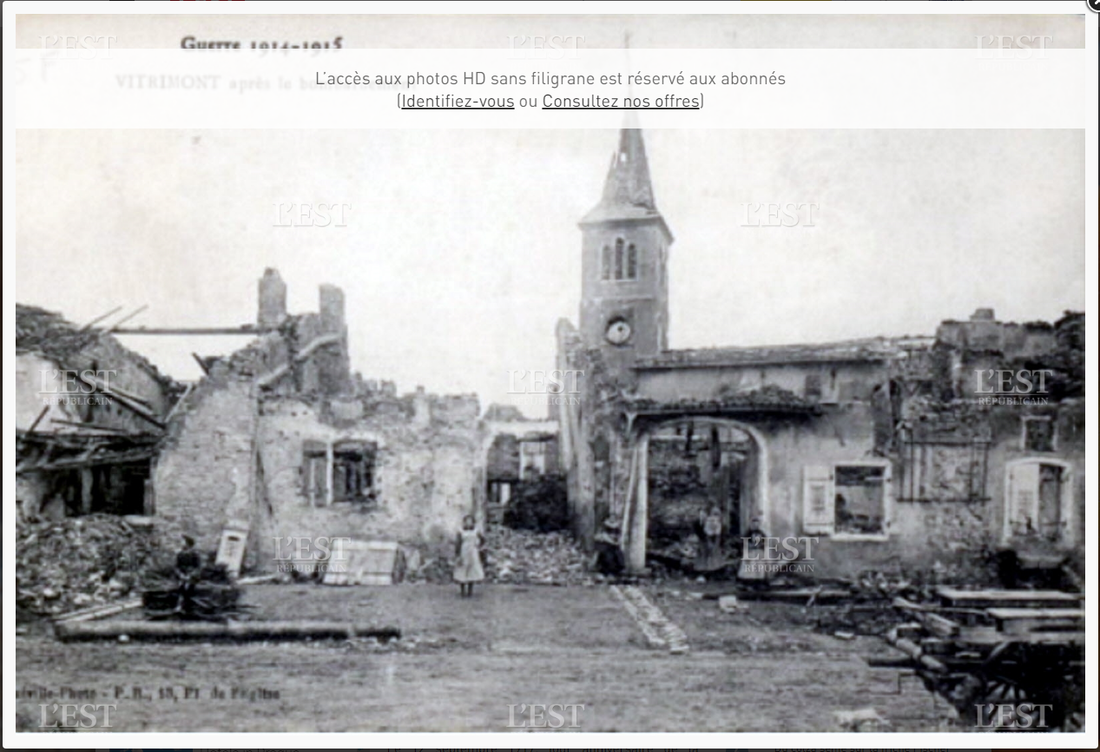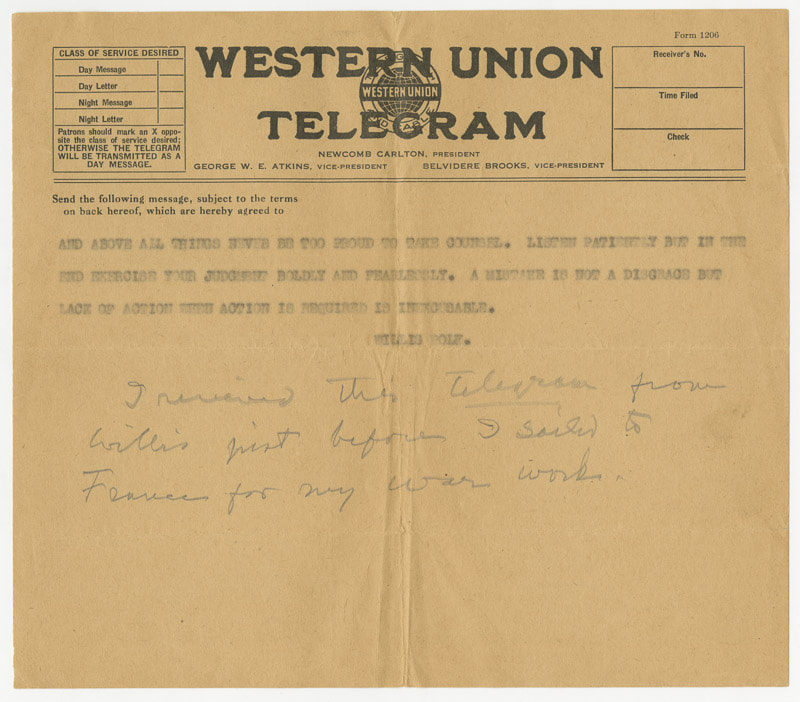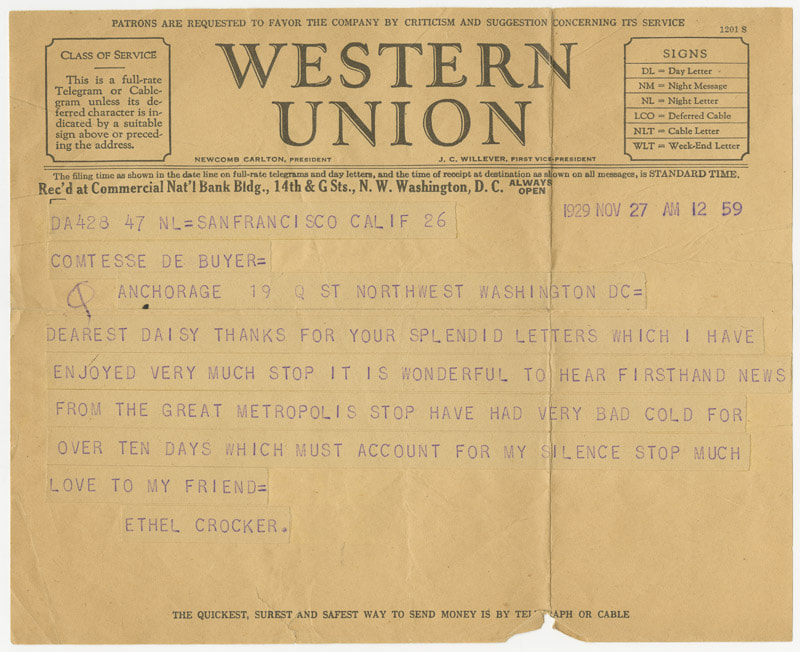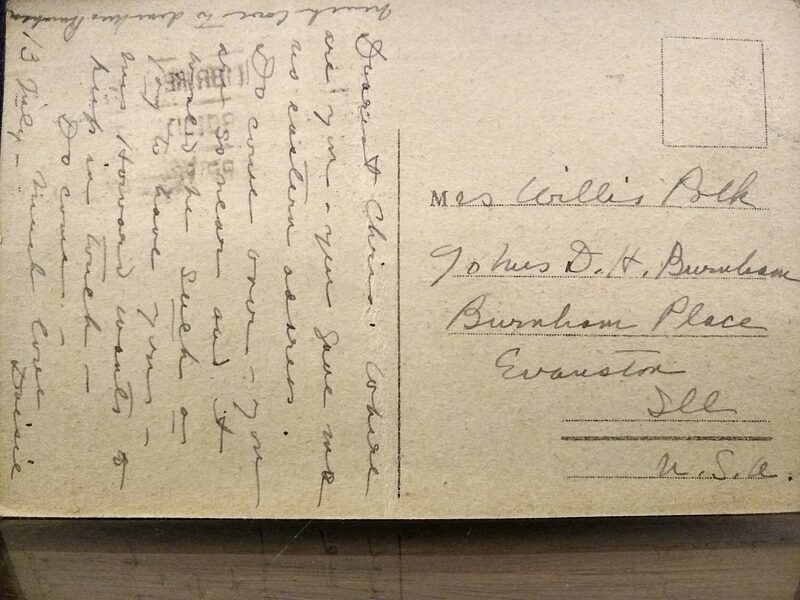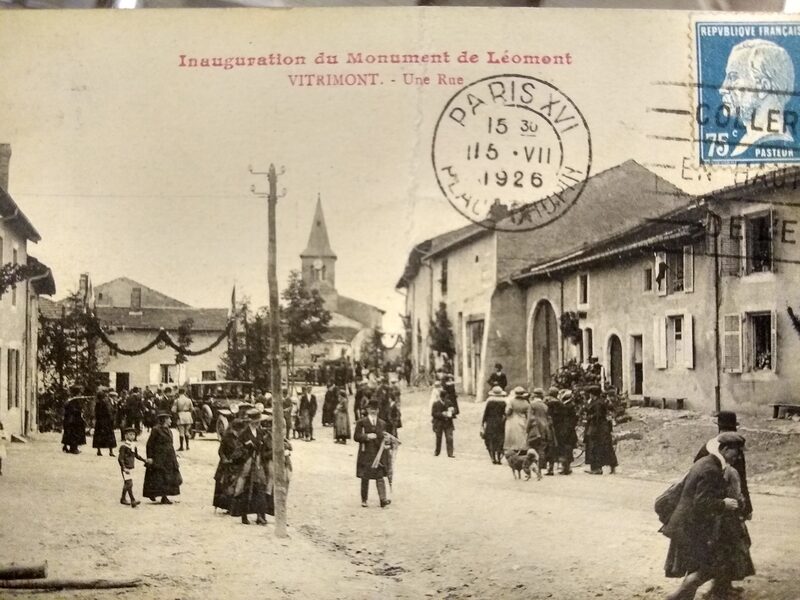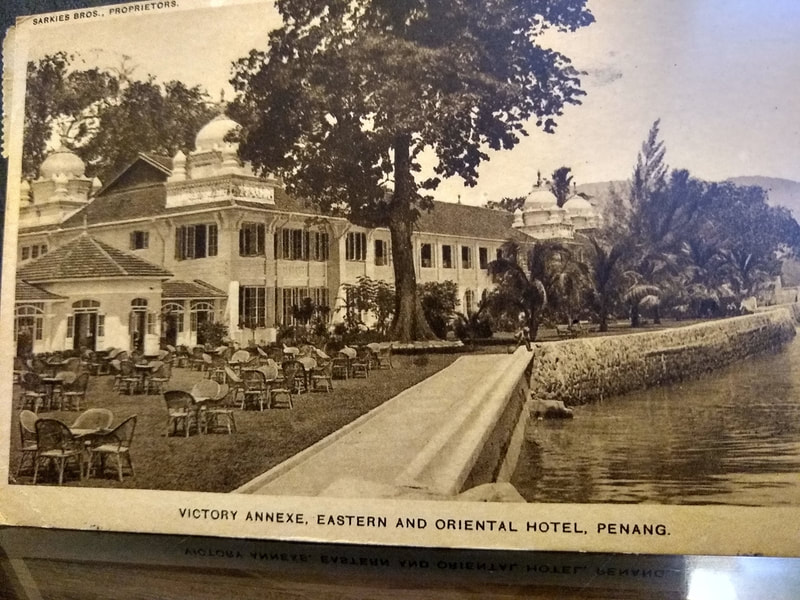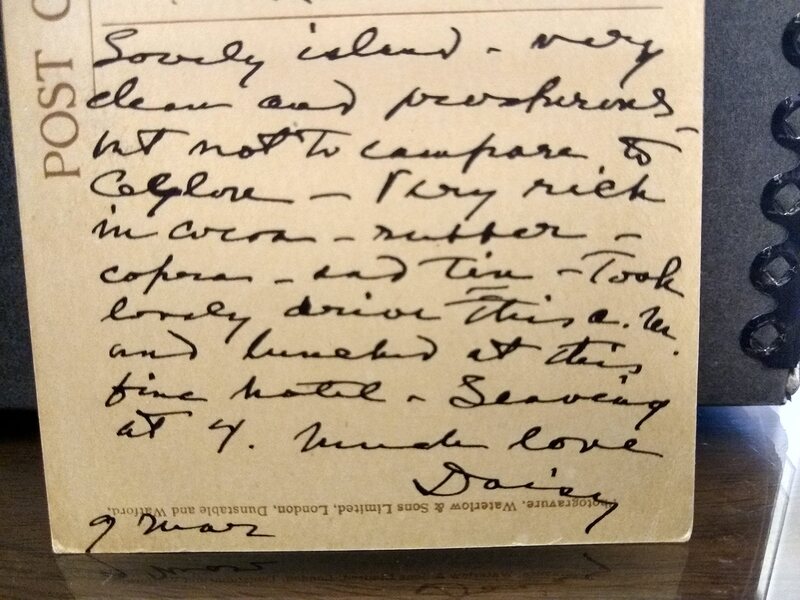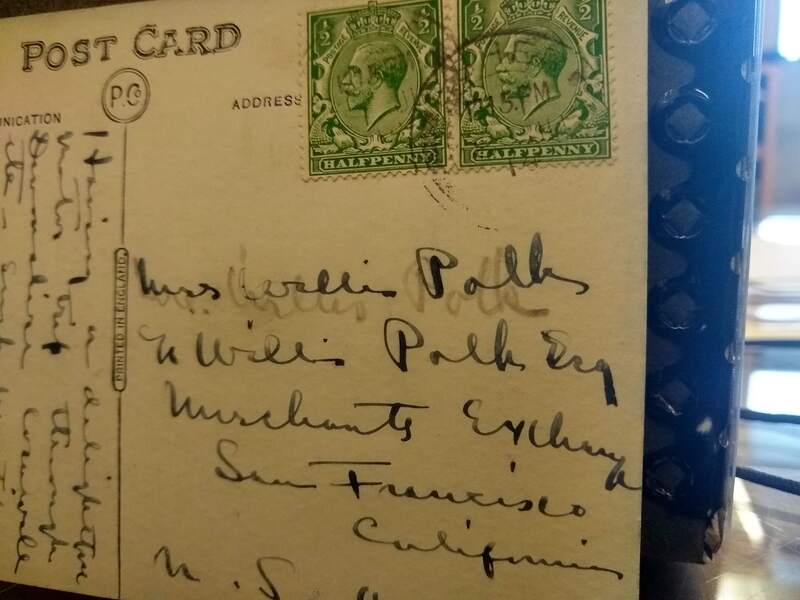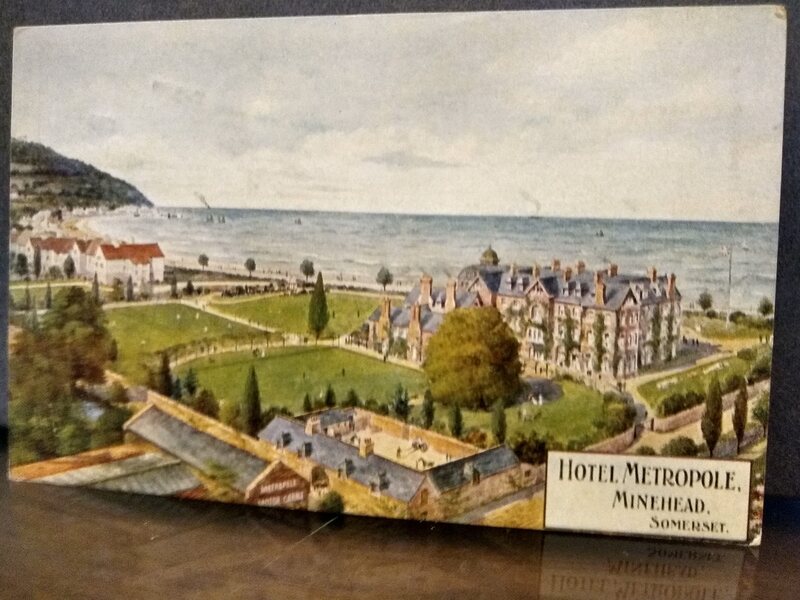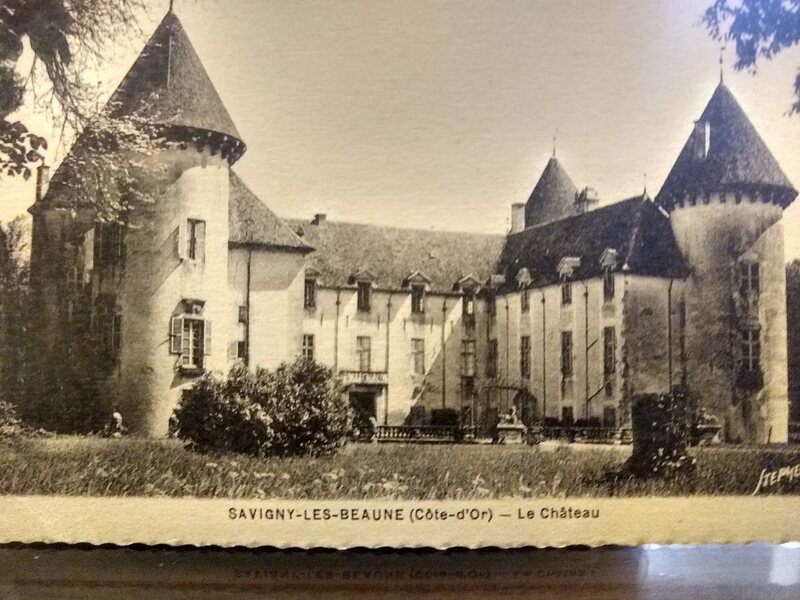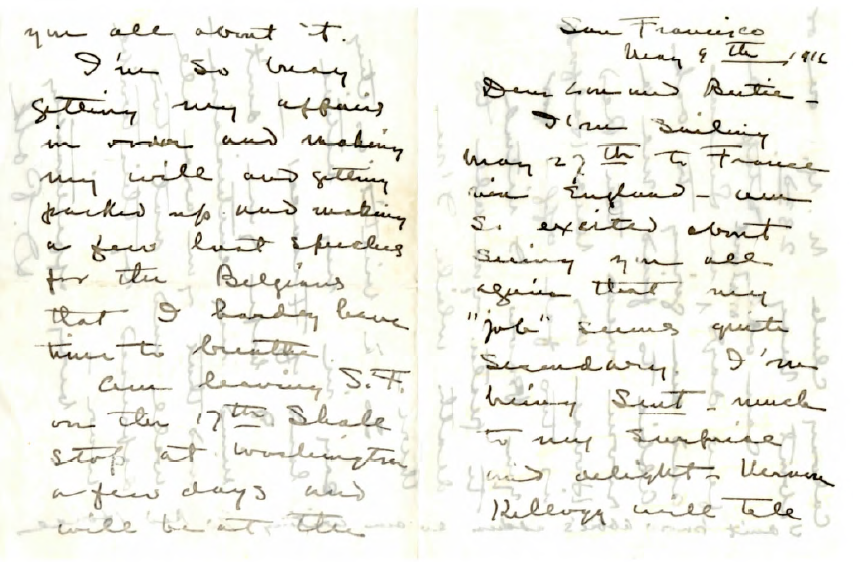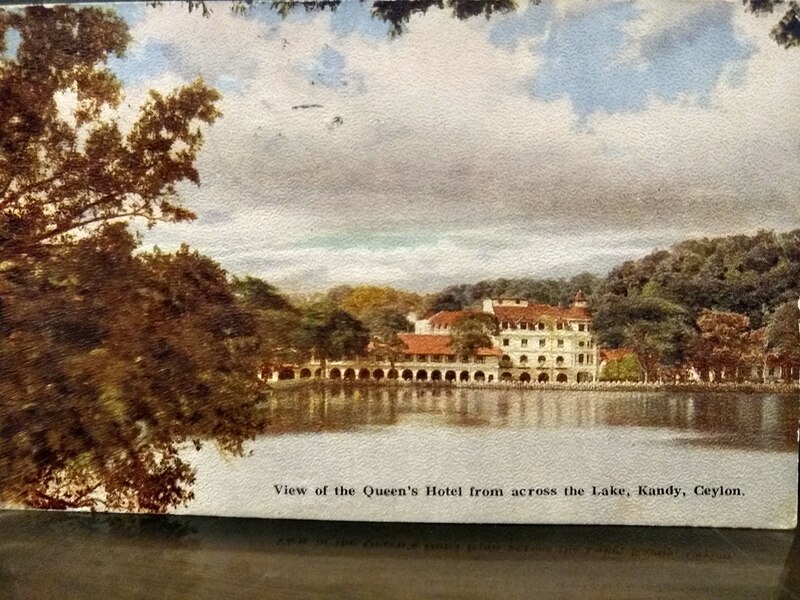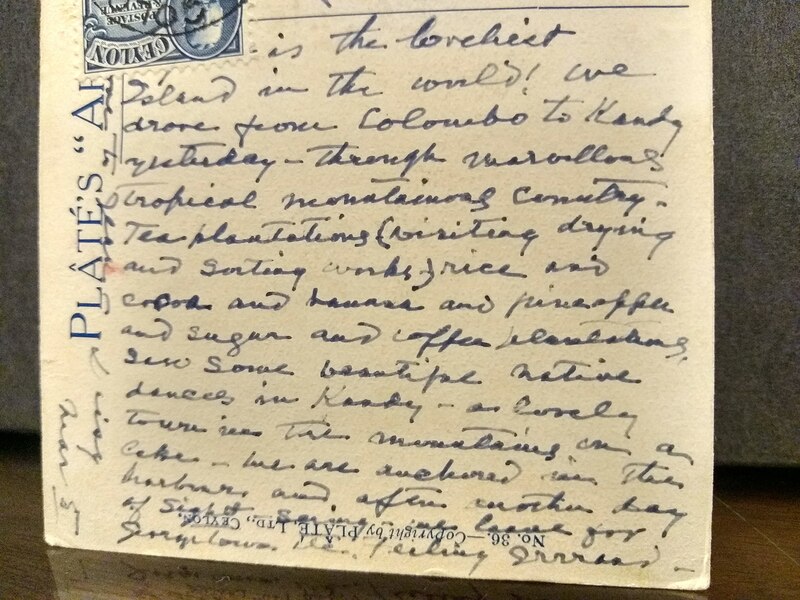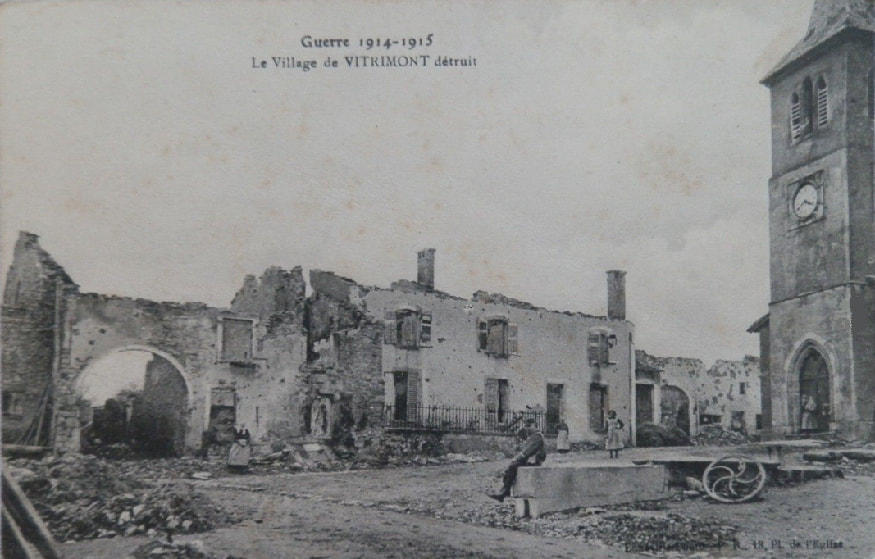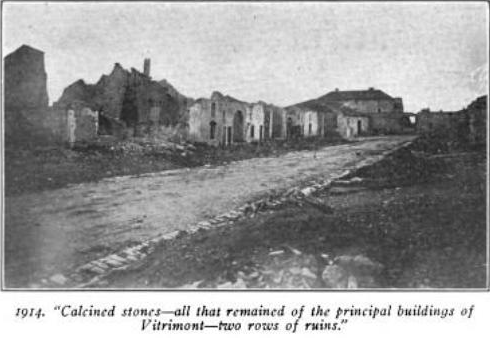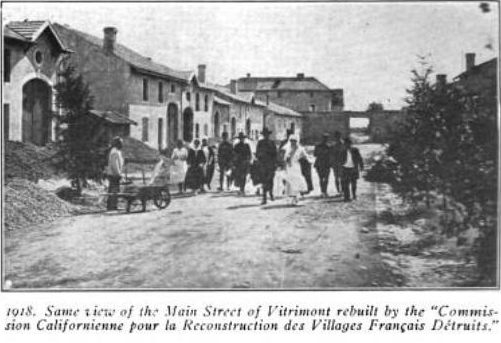In her own words
|
Excerpted from family collections and with great thanks to the following: The Bibliothèque Historique de la Ville de Paris California Historical Society Archives, The Polk Scrapbooks Crocker Family Personal Letters, courtesy of the DeLimur Family Columbia University Archives, Butler Library Rare Books and Manuscripts DeBuyer Family personal letters, photos, and memories Herbert Hoover Presidential Library, Lou Henry Hoover Papers Willis Polk Archives, College of Environmental Design Archives at the University of California And last, but certainly not least, my family |
While The Truly Unbelievable Autobiography of Daisy Polk - the book is historical fiction, the timeline and details are pulled from historic record wherever possible. And there were more records than I ever imagined. It began with a blog post in the University of California College of Environmental Design Archives. Letters and ephemera were found in an attic during a remodel. The material was wisely preserved and donated to the architect Willis Polk's archives at UC. Willis was Daisy's oldest brother, and a well known architect in San Francisco. The archivist's article detailed a fairly accurate description of Daisy and her relationship with her brother Willis, and suggested her life was interesting enough to be a movie. Having visited Vitrimont, France and met a relative of her husband The General in 2007, it struck me that the best person to tell this story - if it was to be told at all - was me.
My grandmother Alice Polk was the niece Daisy addressed in the collection of newly discovered letters along with Christine Barreda Polk, Willis' wife. Alice Polk tragically died in 1960 while my 25 year old mother was pregnant with me. So the stories we heard about Daisy were all a bit murky, and without much detail. We certainly knew much more about the other well documented members of the family. In fact, we knew so little about Daisy that I only learned her actual married name when her grand-nephew by marriage, Yann DeBuyer contacted our family in 2007. The DeBuyer's invited our family to come visit Vitrimont, France for a WWI museum opening. All another story for another day, but I was the family member who made the trip with my youngest son then 7 years old. The newly discovered letters in 2018 lead to my renewed interest in Daisy's story and a search for more first-hand information. From The Hoover Institute at Stanford University, I found a small quote in Herbert Hoover's papers that lead me to the Hoover Presidential Library in Davenport, Iowa. Hoping to just see "a letter from Daisy" the chief archivist informed me to be "more specific". I explained, I had given him all the reference information I had. "I am just trying to find the letter referenced between Lou Henry Hoover and Daisy Polk." "Oh, I misunderstood you," he replied, "You only want one letter? We have over 200 letters and 500 pages in 5 boxes of the Lou Henry Hoover Papers between Daisy and Lou. Which one do you want?" Can you guess my reply? "All of them!" I paid the fee and got them promptly digitized. This is how I learned Daisy had lived and worked at Red House in London with the Hoovers and her involvement in war relief in Belgium. Also her hand written notes for the Red Cross were in this collection detailing several dangerous crossings to repatriate refugees and nationals caught behind enemy lines in Berlin. Who knew? Not me. These letters, now in the hundreds, are also where research slowed to a snails pace. You'll note in the letters here that digitized handwriting is very difficult to read. Daisy and contemporaries wrote on onionskin paper which permitted ink bleed. And they wrote in every available white space on both sides. Lou's letters were generally typed, and she urged Daisy to do the same. That rarely happened. So I spent months reading these missives and pulling names, dates, addresses, and stories as needed. Also got a new eyeglass prescription, yay! Hope you enjoy the deciphering as well. Happy to share. In April 2019, I went to France to dig through the The Bibliothèque Historique old maps (BHVP), find and visit Daisy's known addresses, and meet with more deBuyer family who were warm and welcoming. I was honored to visit Daisy and the General's grave in Besançon. I knew about Mrs. William H. Crocker (nee. Ethel Sperry) and her largess in supporting and funding the rebuilding of Vitrimont. Indeed, Daisy was employed to serve as the site coordinator and oversee the building for the Crockers. But it was Ethel Mary Crocker who I needed more information about. I knew she lived with Daisy for a time in Luneville outside Nancy. And I knew that she had also met her husband Andre DeLimur during the war and was as woven into Daisy's story as anyone. They corresponded and remained friends for life. Upon my return to San Francisco, I knew I had to contact the DeLimur family to see if anyone had any first hand documents regarding Ethel Crocker DeLimur. I emailed a grandson and I asked if he had any knowledge of his grandmothers relationship with Daisy Polk. I was delighted to hear back and subsequently visited his home. It turns out his wife had worked for years editing family stories with his father, Ethel and Andre's son, and she had published a very detailed book of family history for their family. (I hope my book will renew interest in learning more about the Crocker history. It's delicious.) After spending a few hours looking through the documents, and enjoying a lovely lunch from their garden, I was offered every letter in the Crocker archives -- digitized in chronological order and on a thumb-drive. And it gets better, they were typed with hand notations in the margins by Ethel's son. Could things get any better? As all researchers know, a bit of information leads one to seek a bit more, not always on topic, and this book research was no different. The Crocker letters lead me down a few fun rabbit-holes. In New York, Columbia University Butler Library held a treasure trove of San Francisco ephemera in the way of Bohemian Club Scrapbooks and personal letters of Nicholas Murray Butler who conveniently was in the same "camp" as William Crocker and Joseph Redding. (The sad story of Josephine Redding is in the book). I then decided enough was enough, I had my story. I hope you enjoy learning more about my inspirations. That all noted, if you want to see some of the letters in her own writing, a few are shared or excerpted here. Click on any image to display larger.
Julene |

